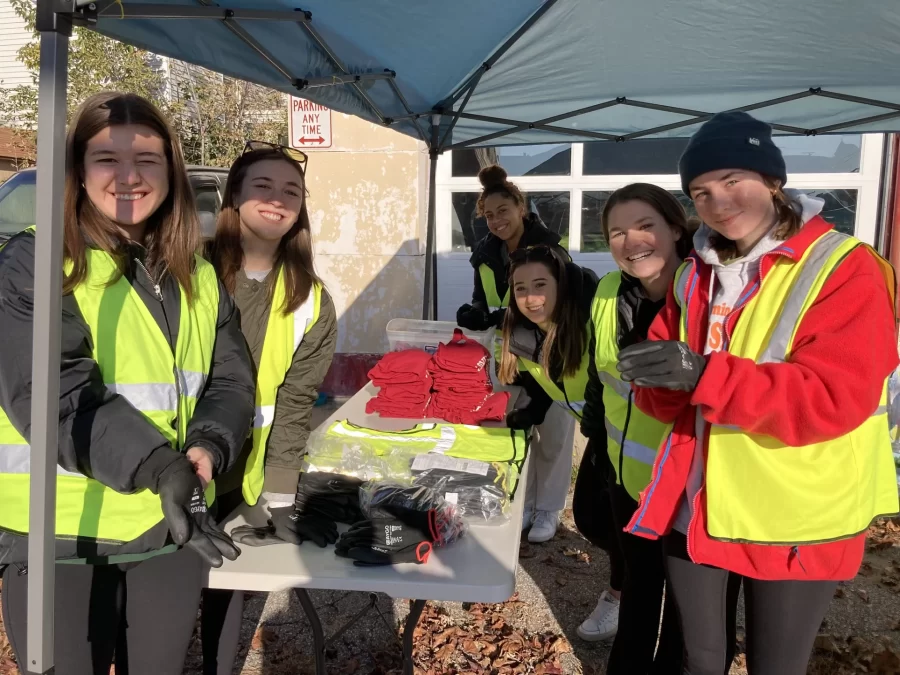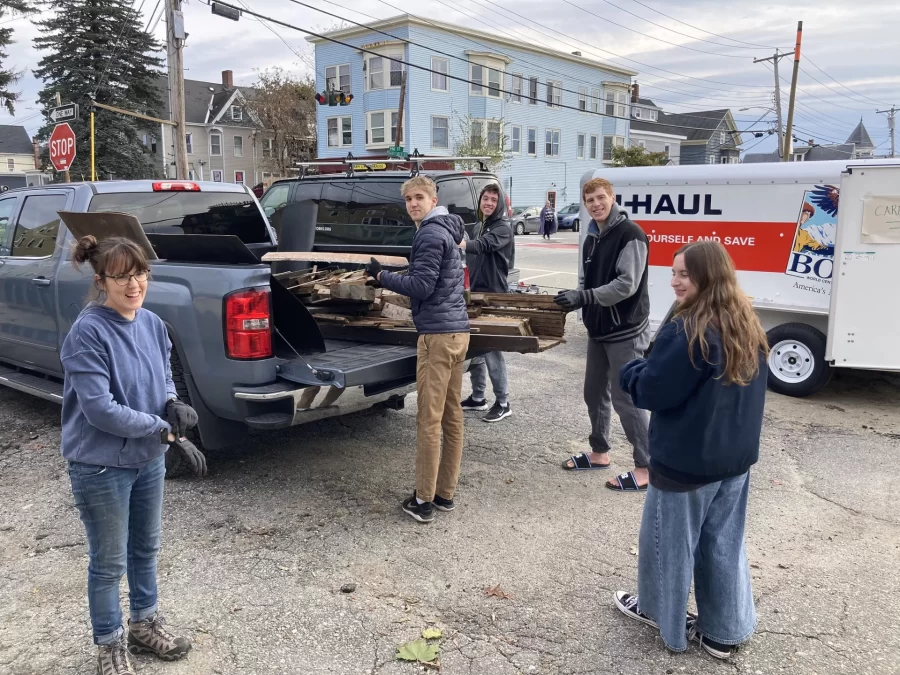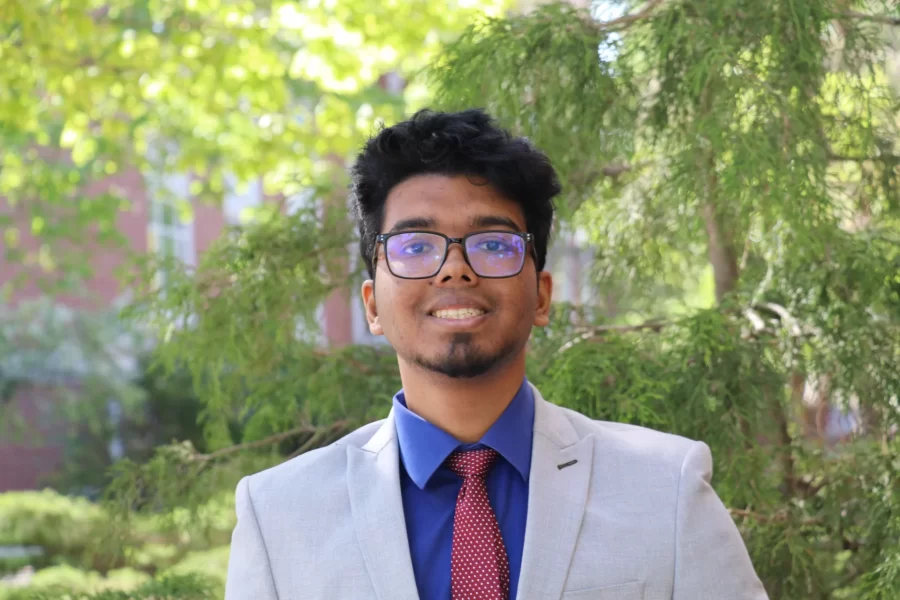A Deep Dive into Reality
“Community Engaged Learning” courses are a hallmark of the Bates academic program, with around thirty CEL courses taught each semester. In a previous blog post, I wrote about students in “Economic Statistics,” taught by Professor Sandra Goff, who presented their work after a semester-long project in which they collaborated with a variety of local Lewiston/Auburn community partners. While that was one example of CEL, this approach to teaching and learning is found in subjects and disciplines across Bates. For example, “Math for Social Justice” (MATH 233) with Professor Katy Ott, explores how mathematics can help students understand and intervene in the realities of social injustice and inequality.
Instead of having students work with many different partners, students joined one of three project groups. Students either collaborated with the City of Lewiston or a local nonprofit organization called Safe Voices, or they served as math tutors at Lewiston High School. I talked with Bates students Linh Hoang Vu ‘26 and Tanvir Thamid ‘26, who worked with the first two partners respectively.
Those who worked with the City of Lewiston focused on challenges and opportunities in the downtown residential neighborhood known as the Tree Streets Neighborhood. One group targeted lead contamination in downtown housing stock. This project involved analyzing data from a “windshield assessment,” where the level of deterioration of homes in the Tree Streets neighborhood is observed and noted from the outside street view. Results and visualizations would inform the larger Lewiston transformation plan being supported through a Choice Neighborhoods HUD grant. The other project sought to study the bulky waste disposal pilot program sponsored by Healthy Neighborhoods, a nonprofit focused on the Tree Streets Neighborhood.
Linh, a sophomore double-majoring in math and economics, reflected on the experience of working on the former project: “I really enjoyed [it] because it felt like a real working experience where I could interact with clients and work on deliverables. As we worked on data analysis, we faced the reality of dealing with messy and missing data – similar to what I encountered in my internship last summer. I actually used this project as an inspiration for another final project in another class (Econometrics).” As Morgan Kinney, the Harward Center staff member who supports many community-engaged learning courses explained, these classes expose students to data sets that are not always textbook perfect, which forces them to get creative.
Beyond the personal and academic benefits, participating students are also able to make a true difference in Lewiston. In this case, “we explored a policy/community program that the city implemented in the past and found statistically significant evidence that it helped reduce lead contamination in the area.” As a result, the City has support for continuing this project and possibly expanding it.
As for Tanvir, a sophomore majoring in economics, he worked with data sets from Safe Voices. Safe Voices is an organization that works with survivors of domestic abuse, sex trafficking, and sexual exploitation. A spokesperson from the organization was able to come in person to chat with students about their work. She explained the central role that data and data visualizations play, from grant tracking and reporting to public awareness campaigns to fundraising. Tanvir’s project involved “mainly analyzing the dataset and looking into the nuances of which area had more domestic violence survivors seeking help and so on.” For him, he saw “a huge value in having a CEL project in a math class. I think one of the limitations in college life is that very few courses allow us the deep dive into reality. This subject worked as a bridge, helping me understand the implication of math in the real world in a more comprehensive manner.” Again, we see how in-class work can have actual “real world” implications. “The outcome of this project was we were able to dissect and organize the data well enough that we did a successful presentation. For example, [we saw] how after COVID there was a steep decline in victim numbers, and we discussed the significance of that.” The students’ work is then shared back with Safe Voices for further analysis on how to better support survivors of domestic violence.
Community Engaged Learning beautifully encapsulates the values and goals of a liberal arts education, as well as Bates’ specific value of “responsible stewardship of the wider world.” If you are a professor interested in incorporating CEL into your teaching, please reach out to the Harward Center for conversation and support. If you are a student who wants to participate in a CEL course, just look out for the ‘CEL’ tag the next time you register for courses.
Click here to read more about Linh’s project.
Click here to read more about Tanvir’s project.


